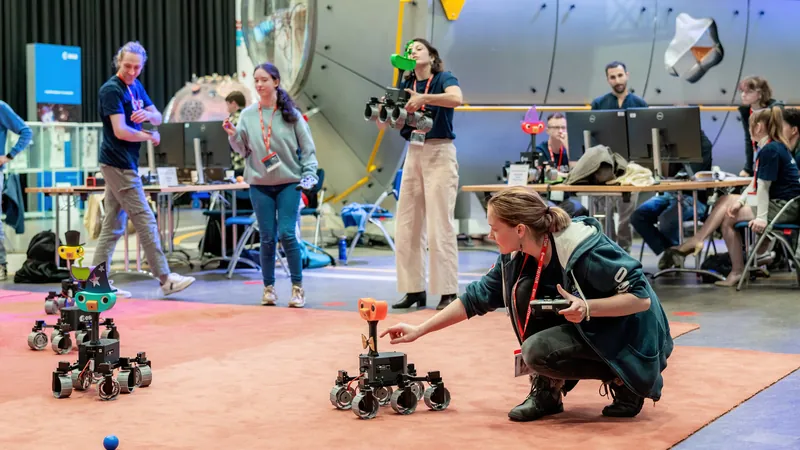
Groundbreaking 3D-Printed Rovers Challenge Students to Master Mars Exploration!
2024-11-06
Author: Amelia
Innovative Training at ESA’s ESTEC
In a remarkable event last week, university students participated in an innovative training course at ESA’s ESTEC technical center in the Netherlands, where they tested their engineering skills with the help of 3D-printed rovers. As part of the European Space Agency (ESA) Academy's Robotics Workshop 2024, six student teams were tasked with an exciting challenge: to navigate their rovers autonomously to locate a blue ball within a simulated Martian landscape.
The ExoMy Rover
Each team was equipped with an ExoMy rover—a fully 3D-printed vehicle inspired by ESA's Rosalind Franklin ExoMars rover, which is scheduled to be launched in the coming years to explore the surface of Mars. Featuring six wheels, a camera, and a Raspberry Pi computer, the ExoMy's software and hardware are entirely open source, offering extensive instructions for building and assembly.
Diverse Participation
This year’s workshop involved 30 aspiring engineers from 14 different ESA member states and Canada. "Participants were not required to have prior knowledge in robotics," explained Marti Vilella Ramisa, a robotics engineer with ESA. "Our main goal was to introduce them to the concepts of designing and operating a 3D-printed rover, laying the groundwork for their future work in Mars exploration."
Workshop Activities
During the four-day intensive workshop, students engaged in a blend of lectures and hands-on tutorials, which culminated in practical exercises to test their knowledge. Their tasks included enhancing the rover's functionality by implementing new features and rectifying bugs in the ROS 2 Robot Operating System, primarily utilizing Python programming.
Initial Training and Navigation
The initial sessions focused on an overview of robotics and its crucial role in future Mars missions. Participants learned about the ExoMy rover system and experimented with navigating a simulated version of the rover via a wireless gamepad, replicating movements in a Mars-like environment.
Exploring Locomotion Modes
As the workshop progressed, students explored various locomotion modes for the rovers, applying their newfound knowledge to add two new movement strategies, thus expanding their operational capabilities over the Martian simulation landscape.
Machine Learning Integration
A significant part of the workshop involved leveraging the rover's camera to capture hundreds of images of the blue ball. Students labeled these images to train a Machine Learning algorithm for a neural network capable of recognizing the target independently.
Final Challenge and Assessments
"The ultimate challenge combined their navigation and image recognition skills to autonomously find and drive towards the blue ball," added Marti. "This task was demanding, but the students excelled, and some even surpassed our expectations!"
Conclusion and Future Prospects
At the conclusion of the workshop, teams presented their innovative solutions and received evaluations of their performance, along with a course transcript. Not only did they earn certificates of participation, but they can also apply for European Credit Transfer and Accumulation System (ECTS) credits at their respective universities.
This pioneering initiative not only cultivates the next generation of engineers and scientists but also pushes the boundaries of what collaborative learning and 3D printing can achieve in the field of planetary exploration. Exciting times lie ahead as these students build their skills in preparation for the exploration of Mars!

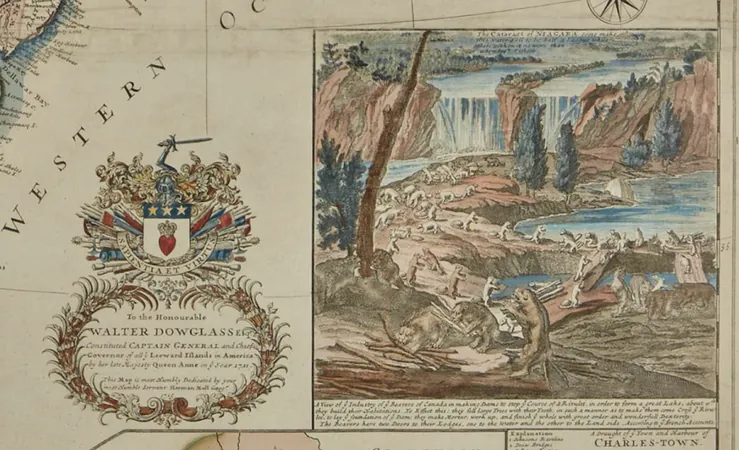
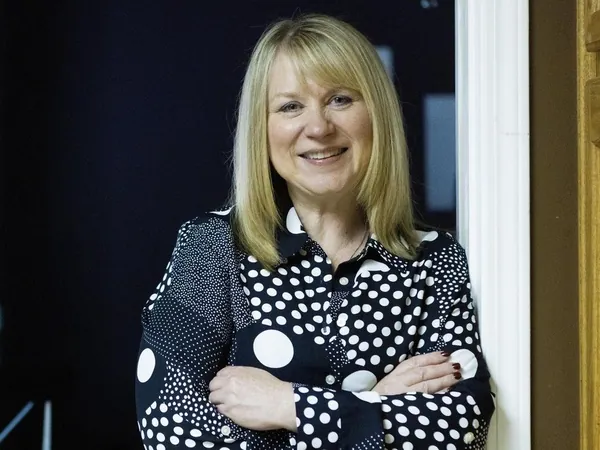

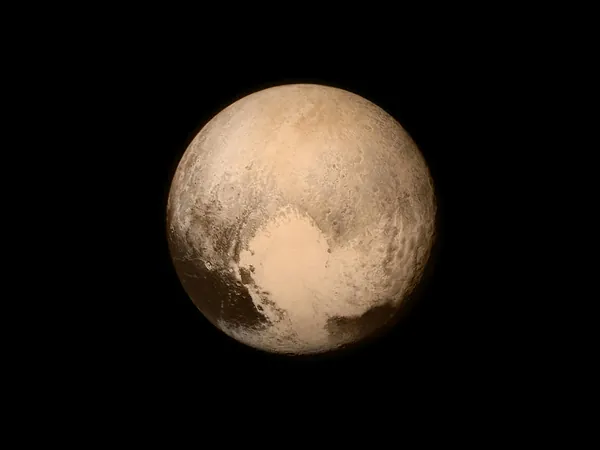


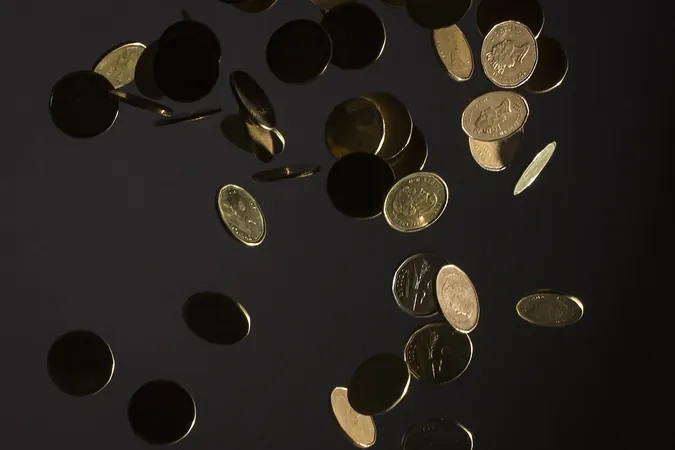
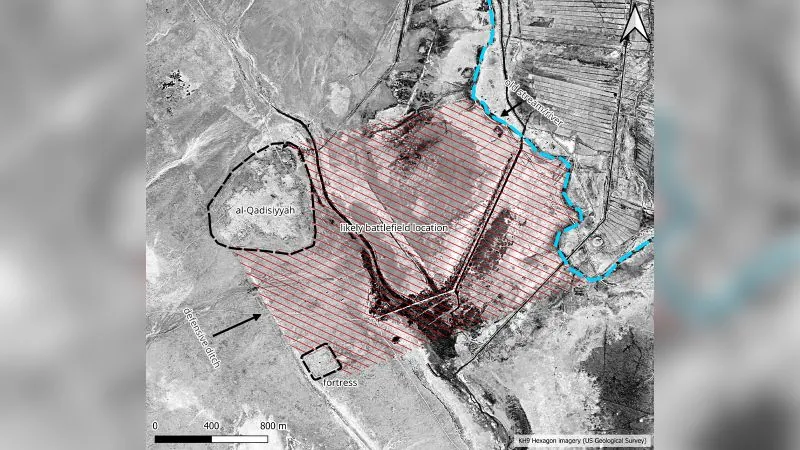
 Brasil (PT)
Brasil (PT)
 Canada (EN)
Canada (EN)
 Chile (ES)
Chile (ES)
 España (ES)
España (ES)
 France (FR)
France (FR)
 Hong Kong (EN)
Hong Kong (EN)
 Italia (IT)
Italia (IT)
 日本 (JA)
日本 (JA)
 Magyarország (HU)
Magyarország (HU)
 Norge (NO)
Norge (NO)
 Polska (PL)
Polska (PL)
 Schweiz (DE)
Schweiz (DE)
 Singapore (EN)
Singapore (EN)
 Sverige (SV)
Sverige (SV)
 Suomi (FI)
Suomi (FI)
 Türkiye (TR)
Türkiye (TR)